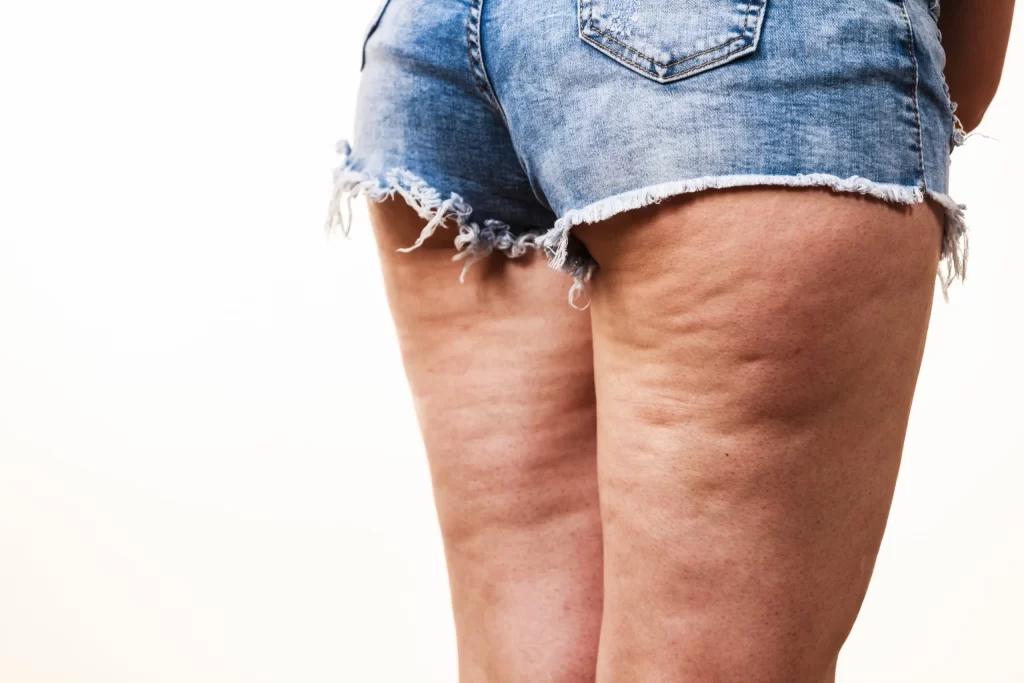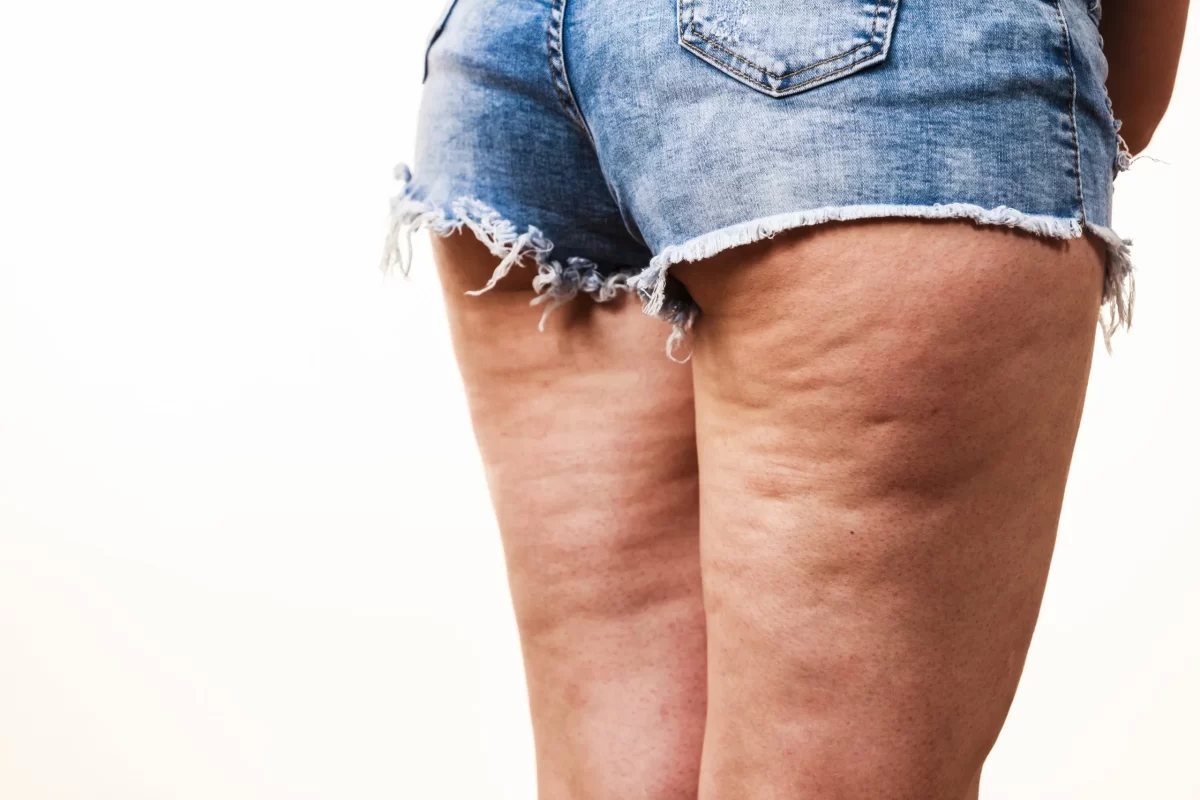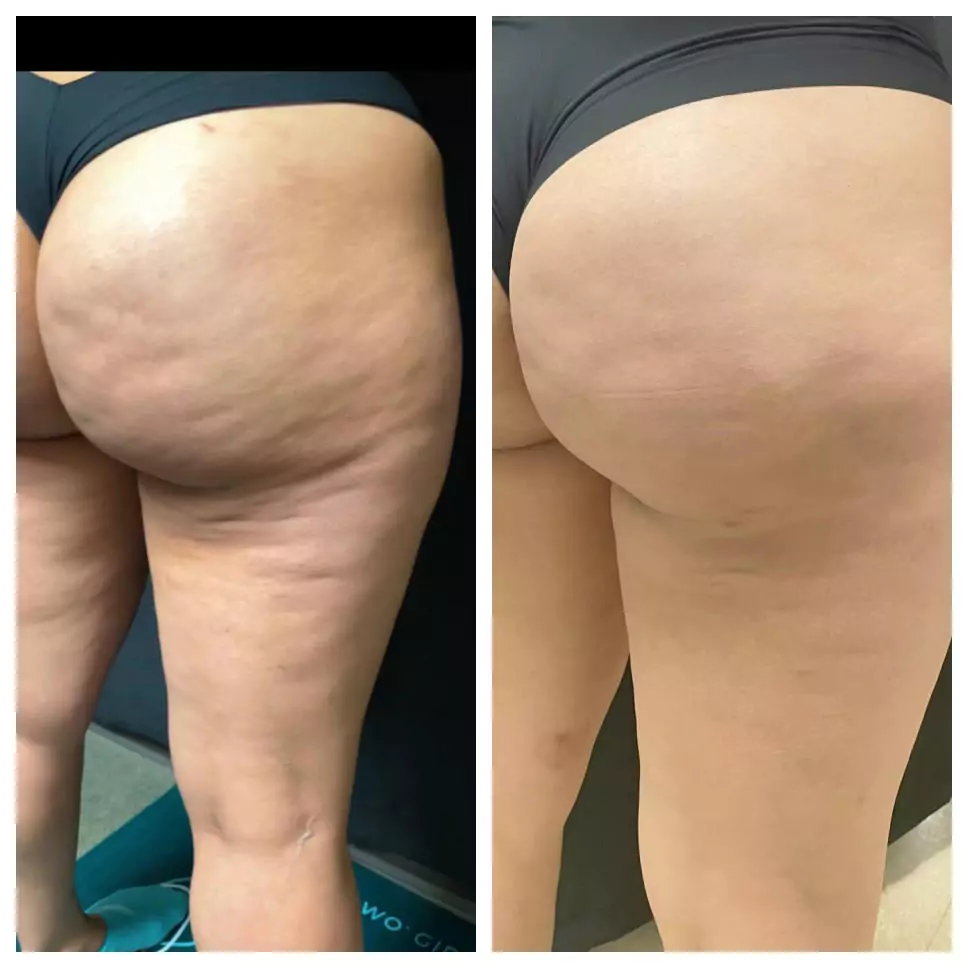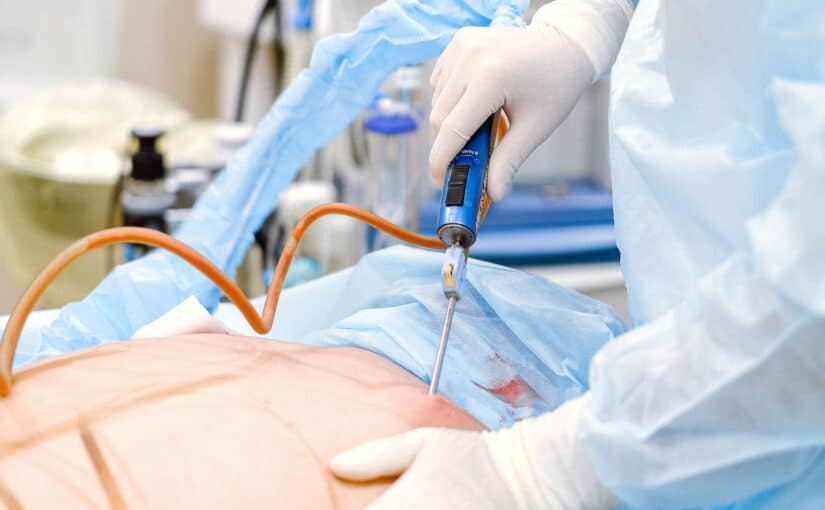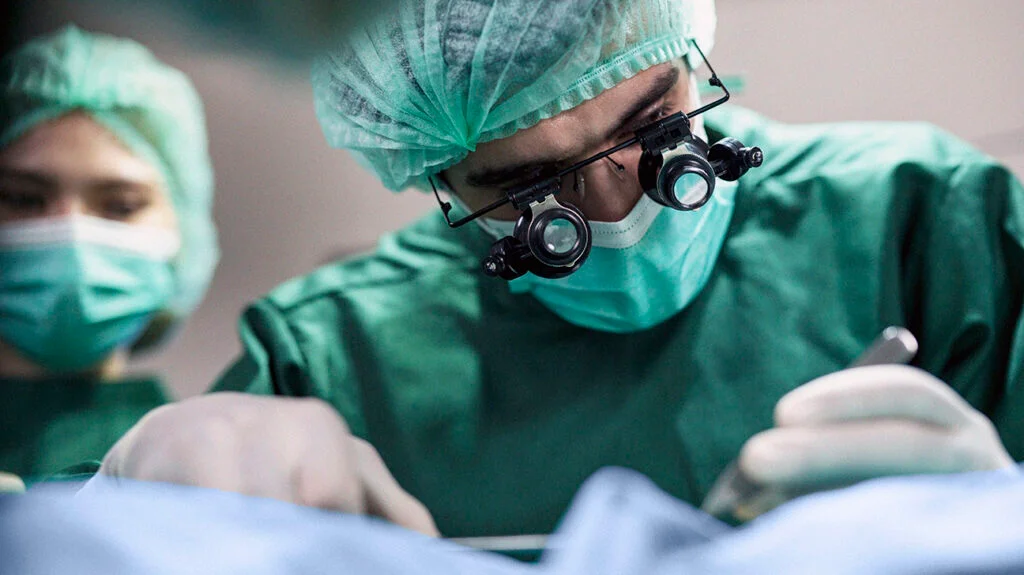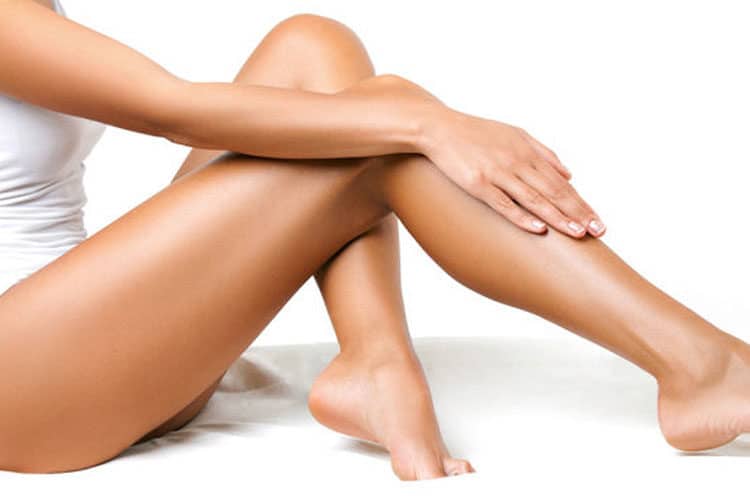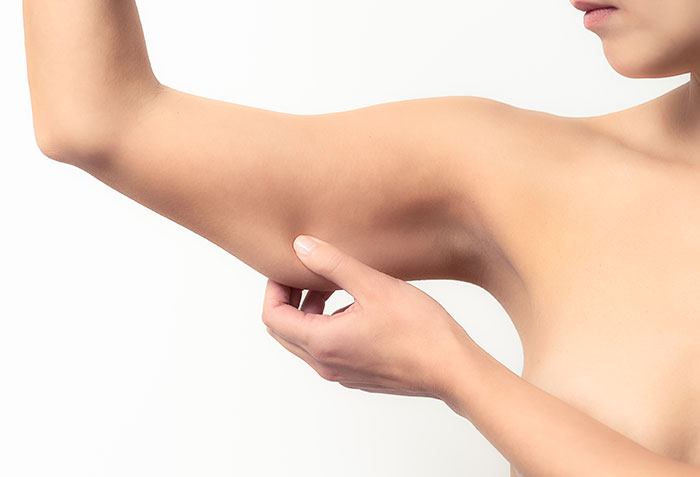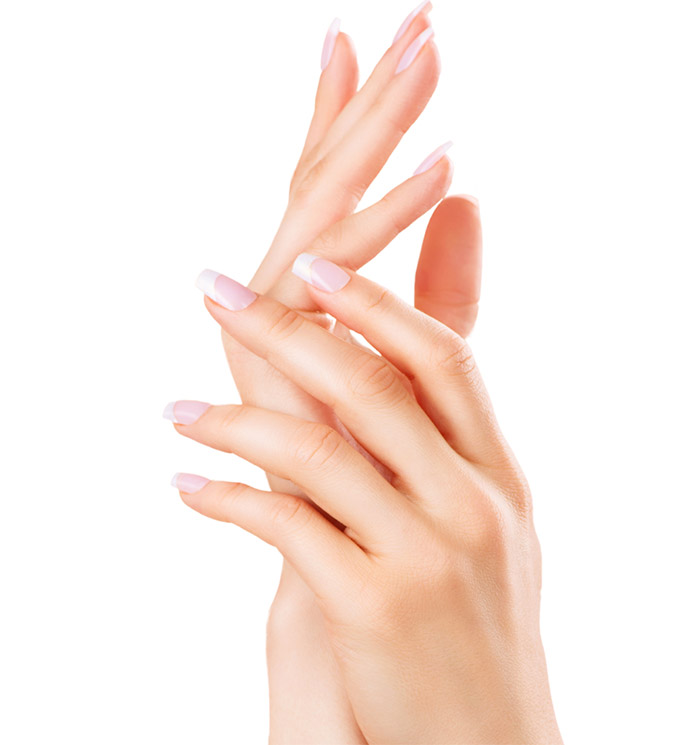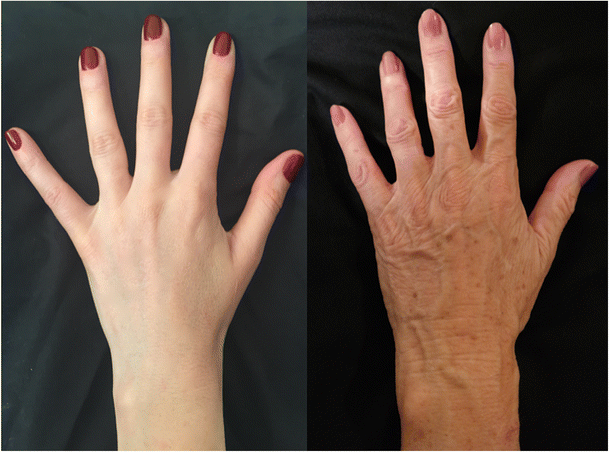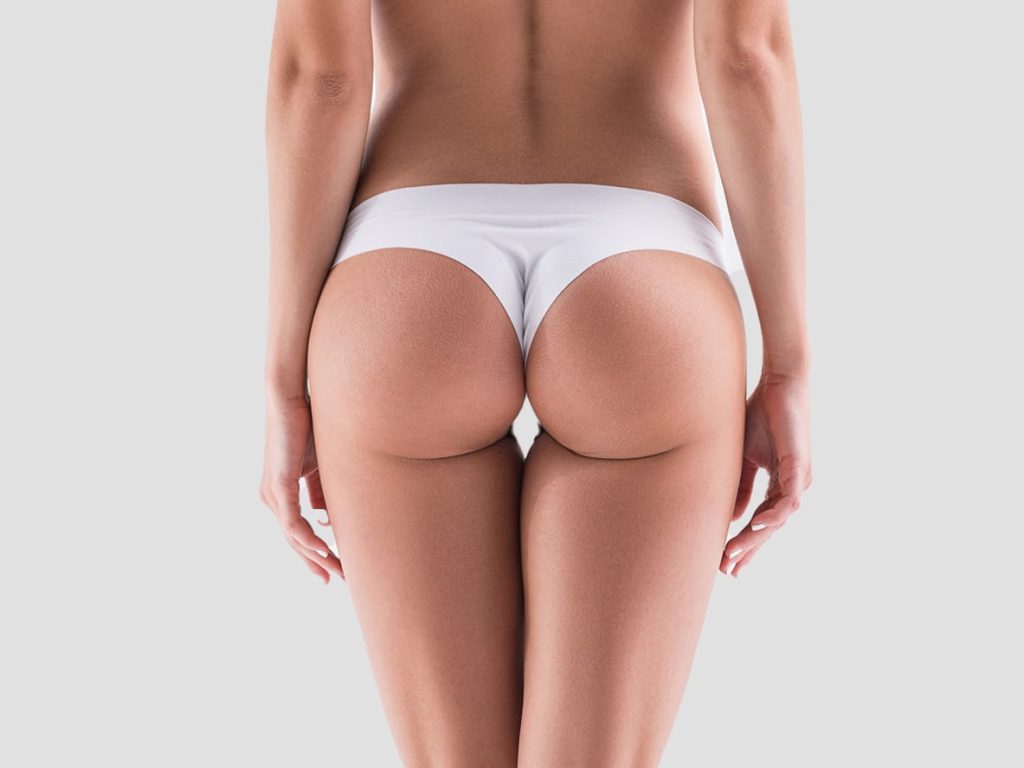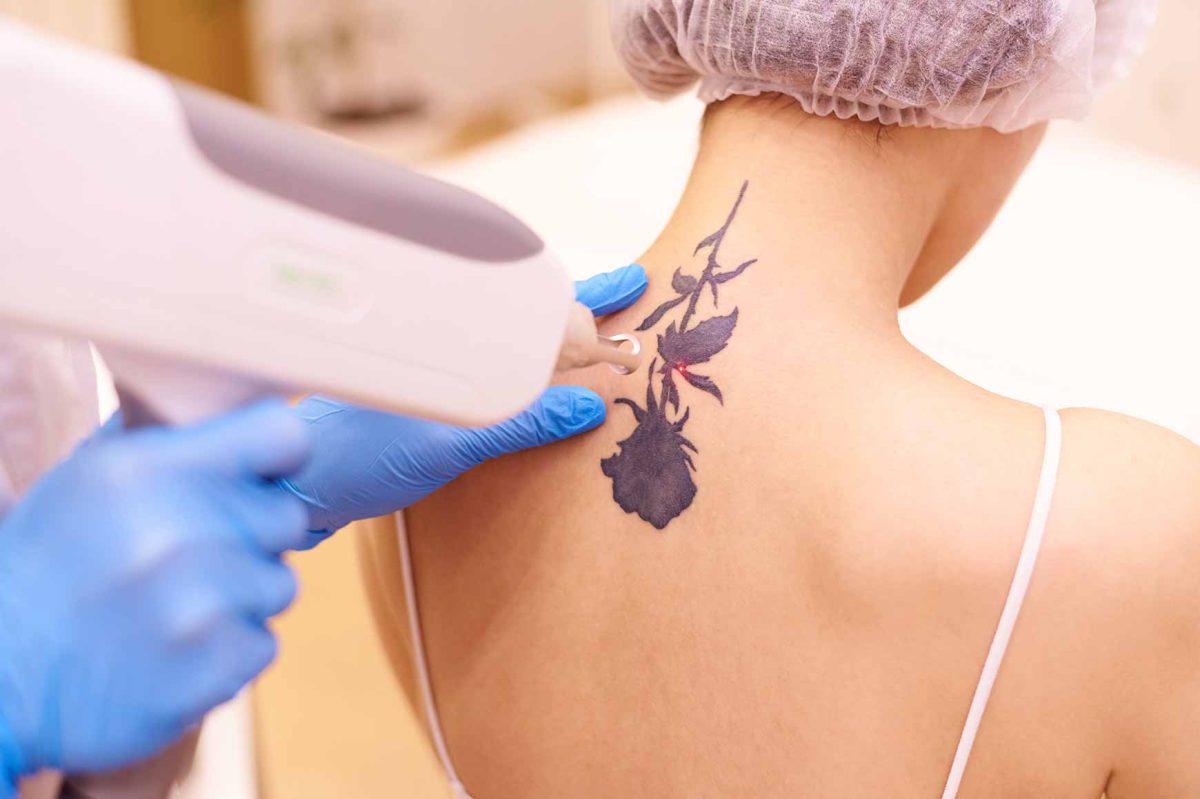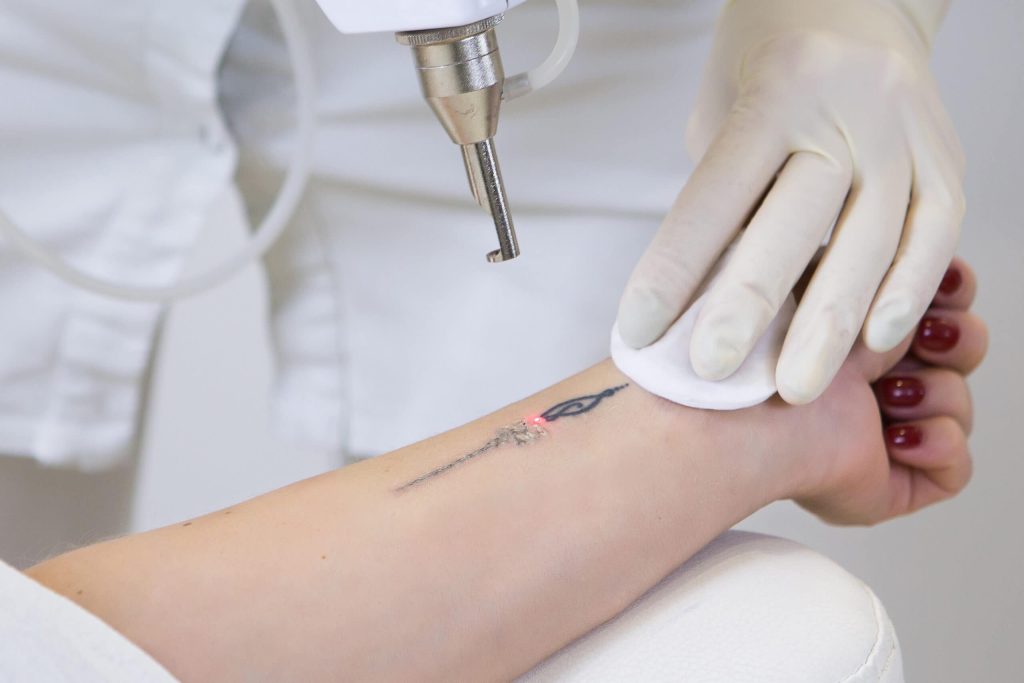Are you aware of how sun exposure affects your derma fillers? Understanding this connection is crucial for maintaining your skin’s health and appearance, especially in the realm of cosmetic dermatology, where cosmetic specialists utilize various cosmetic innovations and treatment options. Derma fillers can enhance your look, but they require proper care, especially when it comes to sun protection.
Sun exposure can lead to complications, such as uneven results and premature aging. Knowing how to protect your skin after getting fillers is essential. This guide will discuss what to consider regarding derma fillers and sun exposure, helping you make informed decisions. Keep your skin looking fresh with popular dermal fillers while enjoying the sun safely through aesthetic medicine procedures.
Key Takeaways
-
Derma fillers can enhance your appearance, but understanding how they interact with sun exposure is crucial for optimal results.
-
Sunlight can affect the longevity and effectiveness of fillers; therefore, protecting your skin from UV rays is essential.
-
Always use a high-SPF sunscreen and wear protective clothing when exposed to the sun after receiving filler treatments.
-
Follow aftercare tips provided by professionals to maintain the quality and duration of your fillers.
-
Timing your filler treatments around sun exposure can help you achieve the best outcomes; consider scheduling them during cooler months.
-
Consult with skincare professionals to get personalized advice on managing fillers and sun exposure safely.
Understanding Derma Fillers
Definition
Dermal fillers are substances injected into the skin. They help restore volume and smooth out wrinkles. These cosmetic injections, a filler treatment in aesthetic medicine procedures, are popular in cosmetic dermatology for enhancing skin care and facial features.
Common Types
Many types of dermal fillers exist today. Hyaluronic acid dermal fillers are among the most common. Hyaluronic acid is a natural substance found in the body and is used in popular dermal fillers, facial fillers, and facial filler treatments for skin care. It helps retain moisture, making the skin appear plumper. Other popular dermal fillers include calcium hydroxylapatite and poly-L-lactic acid. Each type has unique properties and uses.
Purpose of Fillers
Dermal filler treatments aim to improve facial aesthetics. They can enhance lips, cheeks, and under-eye areas. Fillers also address signs of aging like fine lines and sagging skin.
Enhancing Features
Fillers provide subtle changes that boost confidence. For example, adding facial fillers to the cheeks creates a youthful appearance. Smoothing out laugh lines can make someone look refreshed. Many people choose dermal filler appointments to achieve these effects without surgery.
Aging Signs
As people age, their skin loses elasticity and volume. This leads to wrinkles, facial fillers, and hollow areas on the face. Dermal fillers offer a non-invasive solution to these problems. They can fill in deep lines and restore lost volume effectively.
Treatment Experience
The dermal filler experience varies for each person. Most treatments take less than an hour. Patients often notice immediate results after their appointment. Some may experience mild swelling or bruising, but this usually resolves quickly.
Safety and Considerations
Safety is crucial with any cosmetic dermatology treatment. It’s important to choose a qualified professional for injections. Research shows that complications from dermal fillers are rare when performed by experts.
Effects of Sun on Fillers
UV Ray Impact
UV rays from the sun can harm skin and cosmetic treatments. These rays can degrade hyaluronic acid, a key component in many dermal fillers. This degradation occurs because UV radiation breaks down the molecular structure of hyaluronic acid. As a result, fillers may lose their volume and effectiveness sooner than expected.
Skin exposed to sunlight undergoes changes. The skin’s natural barrier weakens under UV exposure. This weakening can lead to faster absorption and breakdown of fillers. Studies show that prolonged sun exposure can reduce the longevity of these treatments. Patients may notice that their results fade more quickly if they do not protect their skin.
Healing Process
Sun exposure can also affect the healing process after receiving dermal fillers. After treatment, the skin is often sensitive and inflamed. Exposure to sunlight can worsen this inflammation, leading to discomfort. Healing may take longer when the skin is subjected to harsh UV rays.
Patients might experience increased swelling or redness if they are in the sun shortly after treatment. This reaction can be frustrating and may lead to dissatisfaction with results. Proper care during recovery is crucial for achieving optimal outcomes.
Post-Treatment Care
Avoiding sun exposure immediately after receiving dermal fillers is essential. Experts recommend staying out of direct sunlight for at least 48 hours post-treatment. Wearing protective clothing and using sunscreen with high SPF can help shield the skin from harmful rays.
Following these precautions helps maintain the integrity of the filler. It also promotes better healing and reduces the risk of side effects. Regular application of sunscreen is necessary even beyond the initial recovery period. Consistent protection extends the life of dermal fillers and enhances overall results.
Long-Term Effects
Over time, repeated sun exposure can contribute to cumulative damage on treated areas. This damage may lead to premature aging signs, such as wrinkles or sagging skin. Maintaining a diligent skincare routine becomes vital for individuals who use dermal fillers regularly.
Patients should consider scheduling treatments during seasons with less intense sun exposure. Planning appointments in cooler months can minimize risks associated with UV rays. Consulting with a dermatologist about personalized sun protection strategies is also beneficial.
Protect Fillers from Sun
Sunscreen Importance
High SPF sunscreen is essential for protecting natural skin after filler treatments. The sun can cause fillers to degrade faster. This degradation can lead to the formation of wrinkles. Using a broad-spectrum sunscreen with at least SPF 30 helps shield treated areas from harmful UV rays. Reapply every two hours, especially if sweating or swimming.
Applying sunscreen should be part of your daily routine. It prevents not only filler degradation but also protects against skin damage. Consider choosing a sunscreen that contains antioxidants for added protection. These ingredients can help combat free radical damage caused by sun exposure.
Physical Barriers
Wearing hats or using umbrellas offers physical protection from the sun. A wide-brimmed hat shields your face and neck from direct sunlight. It acts as an extra layer of defense for areas treated with fillers. Umbrellas provide shade during outdoor activities, reducing sun exposure significantly.
Choosing the right type of hat is important. Look for hats with a UPF (Ultraviolet Protection Factor) rating for better protection. This added measure ensures that you are not only stylish but also safe from UV rays.
Antioxidants Application
Topical antioxidants play a crucial role in maintaining skin health post-treatment. They help combat free radical damage caused by sun exposure. Ingredients like Vitamin C and E are effective in this regard. Applying these antioxidants can enhance the skin’s natural barrier.
Antioxidants work by neutralizing harmful molecules that can lead to premature aging. Regular use can improve overall skin texture and appearance. They complement the effects of fillers, ensuring that your skin looks its best longer.
Recovery Timeframe
After receiving dermal fillers, it’s wise to limit sun exposure for at least two weeks. This timeframe allows the fillers to settle properly in the skin without interference from UV radiation. During this period, focus on maintaining a protective skincare routine.
Monitor your skin closely during recovery. If you notice any unusual changes, consult your dermatologist immediately. They can provide guidance tailored to your specific situation.
Longevity of Fillers in Sunlight
Filler Lifespan
Sun exposure can significantly shorten the lifespan of dermal fillers. Hyaluronic acid, a common ingredient in many fillers, is sensitive to UV radiation. This sensitivity leads to quicker degradation when exposed to sunlight. Studies show that prolonged sun exposure can reduce the effective duration of fillers.
Fillers typically last anywhere from six months to two years. However, excessive sun exposure can cut this time frame in half. It is essential to understand that while fillers do provide immediate results, their longevity relies heavily on how well they are protected from environmental factors.
UV Radiation Effects
UV radiation plays a crucial role in the breakdown of hyaluronic acid. When skin is exposed to sunlight, it undergoes changes. These changes include increased oxidative stress and inflammation. Both factors contribute to faster degradation of fillers under the skin.
Research indicates that UV rays can cause structural damage to hyaluronic acid molecules. This damage accelerates the breakdown process. As a result, the filler loses its volume and effectiveness more quickly than expected. Protecting your skin from these harmful rays is vital for maintaining filler results.
Importance of Sun Protection
Using sun protection is key to prolonging the effects of dermal fillers. Sunscreen with a high SPF should be applied daily, even on cloudy days. The right sunscreen protects against both UVA and UVB rays, which are harmful to skin health.
In addition to sunscreen, wearing protective clothing can help shield your skin from direct sunlight. Hats and sunglasses also provide extra layers of defense against UV exposure. Regularly seeking shade during peak sun hours further reduces risk.
Maintaining healthy skin enhances the results of fillers as well. Hydration plays a significant role in overall skin health. Drinking plenty of water helps maintain moisture levels in the skin, supporting filler longevity.
Consider incorporating antioxidant-rich products into your skincare routine. Antioxidants combat oxidative stress caused by sun exposure. They help preserve the integrity of hyaluronic acid and other components within fillers.
Aftercare Tips for Fillers
Follow Instructions
Post-treatment care is crucial. Professionals provide specific aftercare instructions. Following these guidelines helps ensure the best results from the filler treatment. Each person’s skin reacts differently. Adhering to professional advice can minimize risks.
Ignoring these instructions can lead to complications. For example, patients might experience swelling or bruising if they do not follow the guidelines. It is essential to keep the treated area clean and avoid touching it unnecessarily.
Avoid Tanning Products
Tanning sprays and lotions should be avoided right after treatment. These products contain chemicals that can irritate the skin. Using them may increase the risk of adverse reactions. Skin sensitivity often rises after receiving fillers.
Waiting at least two weeks before using tanning products is wise. This waiting period allows the skin to heal properly. Sun exposure can also affect the filler’s appearance over time. Protecting the skin during this healing phase is vital.
Monitor Skin Reactions
Monitoring your skin is important after getting fillers. Look for any unusual changes such as redness, swelling, or pain. These could indicate an adverse reaction to the treatment. If any concerning symptoms arise, contact a healthcare provider immediately.
Complications, although rare, can occur. Infections or allergic reactions are possible in some cases. Being vigilant about your skin’s condition helps catch issues early on.
Limit Sun Exposure
Limiting sun exposure is crucial after filler treatments. The sun’s rays can damage sensitive skin and affect filler longevity. Using sunscreen with a high SPF provides protection against harmful UV rays.
Applying sunscreen daily helps maintain the results of your treatment. Reapplying every two hours when outdoors is necessary for effective protection. Wearing hats or seeking shade further shields your skin from direct sunlight.
Hydration and Skin Care
Keeping your skin hydrated aids recovery after fillers. Drinking plenty of water promotes overall skin health. Using gentle moisturizers helps soothe and protect treated areas.
Avoid harsh skincare products for at least a week post-treatment. Products with strong acids or fragrances can irritate sensitive skin. Stick to mild cleansers and moisturizers during this time.
Sun Exposure Precautions
Avoid Direct Sunlight
Direct sun exposure can be harmful after receiving dermal fillers. It is crucial to avoid this for at least two weeks post-treatment. The skin needs time to heal and recover. Intense sun exposure can lead to unwanted skin reactions. Redness, swelling, or even bruising may occur if the skin is exposed too soon.
Wearing a wide-brimmed hat helps shield the face. Staying in the shade whenever possible also reduces risk. This precaution is vital for maintaining the results of your treatment.
Skip Tanning Beds
Tanning beds are not safe after filler treatments. They expose the skin to excessive UV rays. This can cause damage and increase the risk of complications. The heat from tanning beds may aggravate any swelling or irritation. For optimal skin health, it’s best to avoid these entirely.
Consider alternatives like self-tanners or bronzers for color without UV exposure. These products provide a glow without harming the skin.
Use Sunblock Religiously
Sun protection is essential after dermal filler treatments. Using a broad-spectrum sunblock with SPF 30 or higher is highly recommended. Apply it generously to all exposed areas of the skin. Reapply every two hours, especially if sweating or swimming.
Sunblock protects against both UVA and UVB rays. These rays can cause premature aging and skin damage. Protecting your skin aids in maintaining its health and appearance.
Monitor Skin Reactions
Be aware of how your skin reacts after sun exposure. If you notice any unusual changes, seek medical advice promptly. Signs such as increased redness or persistent swelling should not be ignored. Consulting a dermatologist ensures proper care and guidance.
Consider Protective Clothing
Wearing protective clothing can enhance your sun protection strategy. Long sleeves and pants offer physical barriers against harmful rays. Lightweight fabrics allow for comfort while providing coverage.
Sunglasses are also important for protecting the delicate skin around the eyes. Choose sunglasses that block 100% of UVA and UVB rays.

Follow Professional Advice
Always follow the post-care instructions provided by your healthcare professional. They understand your unique situation and can offer tailored advice on sun exposure. Their expertise helps ensure you achieve the best results from your dermal fillers.
Expert Advice on Fillers
Consult Professionals
Consulting with a dermatologist or cosmetic surgeon is crucial before getting filler injections. These experts understand how different products work and can provide tailored advice. They assess your skin type, medical history, and aesthetic goals. This personalized approach ensures that you choose the right type of filler for your needs.
Discussing specific fillers like hyaluronic acid fillers is important. These fillers are popular due to their natural appearance and effectiveness. A professional can explain how hyaluronic acid acts in the skin. They will also inform you about potential side effects and recovery time.
Understand Individual Needs
Every individual has unique skin characteristics. Factors such as age, skin type, and lifestyle affect how fillers perform. Some may need more frequent treatments than others. For instance, younger individuals may require less maintenance than older clients.
Understanding your own skin’s response to sun exposure is vital. Sun damage can alter the effectiveness of facial fillers over time. It is essential to discuss your sun exposure habits with a professional. They can offer advice on how to protect your skin before and after treatment.
Discuss Sun Exposure
Sun exposure can impact the longevity of lip fillers and other facial injections. UV rays may cause premature aging, which can diminish the results of cosmetic treatments. Dermatologists recommend using sunscreen daily to protect your investment in fillers.
After receiving filler injections, avoiding sun exposure is crucial for optimal healing. Direct sunlight may lead to swelling or bruising at injection sites. Professionals often advise staying out of the sun for at least 48 hours post-treatment.
Follow Up Care
Post-treatment care plays a significant role in achieving desired results. Following your provider’s instructions helps maintain the effects of facial plastic surgery procedures. Regular follow-ups allow professionals to monitor progress and make necessary adjustments.
Using quality skincare products can enhance filler longevity. Products containing antioxidants help combat sun damage. These can be discussed during consultations for a comprehensive skincare routine.
Timing Your Filler Treatments
Seasonal Considerations
Scheduling filler treatments during seasons with less sun exposure is critical. Winter and early spring are often ideal times. The sun’s rays are not as strong, reducing the risk of complications. Skin is more sensitive after filler procedures. Sun exposure can lead to increased swelling or bruising. Choosing cooler months allows for better healing.
Event Planning
Planning filler procedures around vacations or outdoor events is also important. If you have a beach trip planned, consider getting your treatment done well in advance. Aim for at least two weeks before your vacation. This gives your skin time to heal properly. Avoiding direct sunlight helps maintain the results of the cosmetic treatment.
Healing Time
Allowing ample healing time before significant sun exposure is essential. After any cosmetic treatment, skin may be more vulnerable. The injected areas need time to settle and recover. Experts recommend waiting at least 14 days post-treatment before exposing your face to the sun. This helps prevent any adverse reactions, such as discoloration or uneven texture.
Protective Measures
Using sunscreen is a must after facial filler treatments. A broad-spectrum sunscreen with SPF 30 or higher can protect your skin. Apply it daily, even if it’s cloudy outside. Reapply every two hours when exposed to sunlight, especially during outdoor activities.
Consultation with Professionals
Consulting with professionals about the timing of your treatments is wise. They can provide personalized advice based on your specific situation. Discuss upcoming events and travel plans during your consultation. They can help you create a timeline that maximizes your results while minimizing risks.
Understanding Risks
Understanding the risks associated with sun exposure after cosmetic treatments is crucial. Direct sunlight can cause inflammation and slow down the healing process. It may also affect how long the fillers last in your skin. Being informed helps you make better decisions regarding your aesthetic medicine procedures.
Long-Term Care
Long-term care after lip filler treatment involves ongoing protection from the sun. Regular use of sunscreen will keep your skin healthy and vibrant. It also enhances the effects of previous treatments, ensuring they last longer.
Consult Professionals for Guidance
Importance of Consultation
Patients should always seek advice from cosmetic specialists before and after receiving dermal fillers. These professionals have the training to provide tailored aftercare plans. Each patient’s skin type and treatment goals are unique. Specialists can help navigate these differences effectively.
Consultation allows patients to discuss specific concerns about sun exposure. This is crucial for maintaining results and ensuring safety. Experts will evaluate skin conditions and recommend suitable protective measures. They may suggest using sunscreen with a high SPF or avoiding direct sunlight during peak hours.
Discussing Concerns
It is essential for patients to bring up any worries about sun exposure during their appointment. Some may not realize how sunlight can affect filler longevity. Others may be unaware that UV rays can lead to complications. Addressing these topics openly helps in crafting a safer post-treatment plan.
Healthcare providers can offer practical tips on minimizing sun damage. They might recommend wearing wide-brimmed hats or sunglasses when outdoors. Such precautions protect the skin from harmful rays and enhance the effectiveness of fillers.
Role of Experts
Experts play a vital role in ensuring safe and effective filler treatments. Their knowledge extends beyond just the application of fillers. They understand how external factors, like sun exposure, impact results.
Specialists keep up with the latest research in cosmetic procedures. They know how different fillers react under various conditions, including sunlight. This expertise helps them advise patients accurately about care routines.
By consulting with professionals, patients receive guidance on timing their treatments. For example, scheduling filler injections during seasons with less sun exposure can be beneficial. This strategy reduces risks associated with UV radiation.
Personalized Aftercare Plans
Aftercare plans need to be personalized based on individual needs. Cosmetic specialists will consider each patient’s lifestyle and environment. A comprehensive plan includes recommendations for skincare products as well.
Patients should follow their aftercare instructions closely to achieve optimal results. Regular check-ins with healthcare providers can help monitor progress and make necessary adjustments.
Closing Thoughts
Understanding the relationship between derma fillers and sun exposure is crucial for maintaining your skin’s appearance. Sunlight can negatively impact the longevity of your fillers, leading to uneven results. Protecting your skin with proper aftercare and precautions is essential. Always consult professionals for tailored advice, ensuring you make informed decisions about timing and treatment.
Take charge of your skincare routine. Prioritize sun protection to keep your fillers looking fresh and vibrant. Remember, a little prevention goes a long way. Stay informed, stay protected, and enjoy the benefits of your treatments. Your skin deserves it!
Frequently Asked Questions
What are derma fillers?
Derma fillers are injectable substances used to restore volume, smooth wrinkles, and enhance facial contours. They can improve skin texture and provide a youthful appearance.
How does sun exposure affect derma fillers?
Sun exposure can lead to premature aging of the skin, potentially diminishing the effectiveness of fillers. UV rays may also cause inflammation or discoloration around the injection sites.
How can I protect my fillers from the sun?
To protect your fillers, apply a broad-spectrum sunscreen with SPF 30 or higher daily. Wear a wide-brimmed hat and seek shade during peak sun hours.
Do fillers last longer in the shade?
While shade can help maintain skin health, the longevity of fillers primarily depends on the type of filler used and individual metabolism. Avoiding direct sunlight can prevent rapid degradation.
What aftercare tips should I follow post-filler treatment?
Post-treatment, avoid sun exposure for at least 48 hours. Keep the area clean, moisturized, and refrain from strenuous activities that may increase swelling.
What precautions should I take regarding sun exposure after fillers?
Limit sun exposure for at least two weeks after receiving fillers. Use sunscreen diligently and consider wearing protective clothing to safeguard your skin.
When should I consult professionals about my fillers?
Always consult professionals before getting fillers or if you experience unusual side effects. Regular check-ins ensure optimal results and address any concerns promptly.







